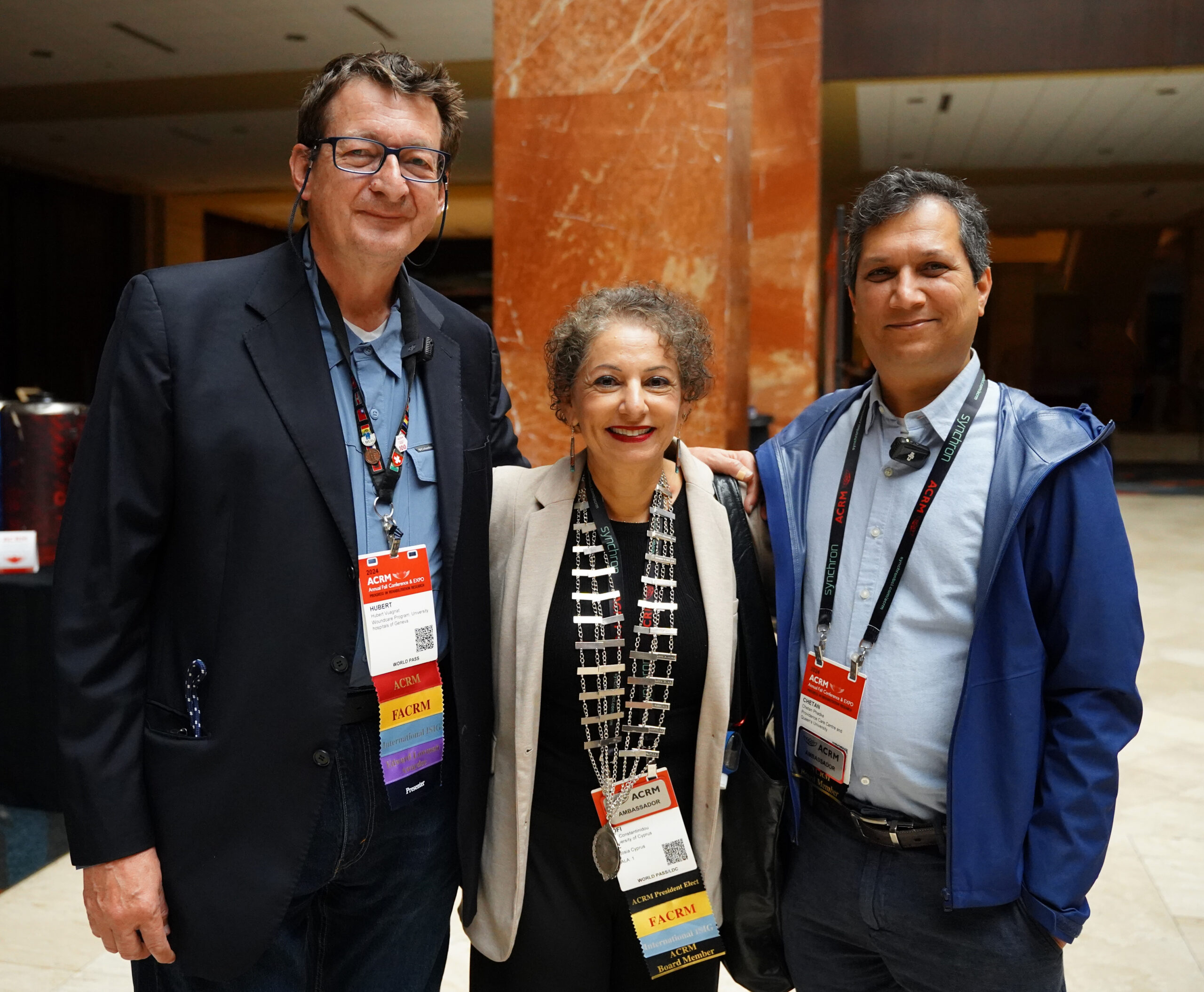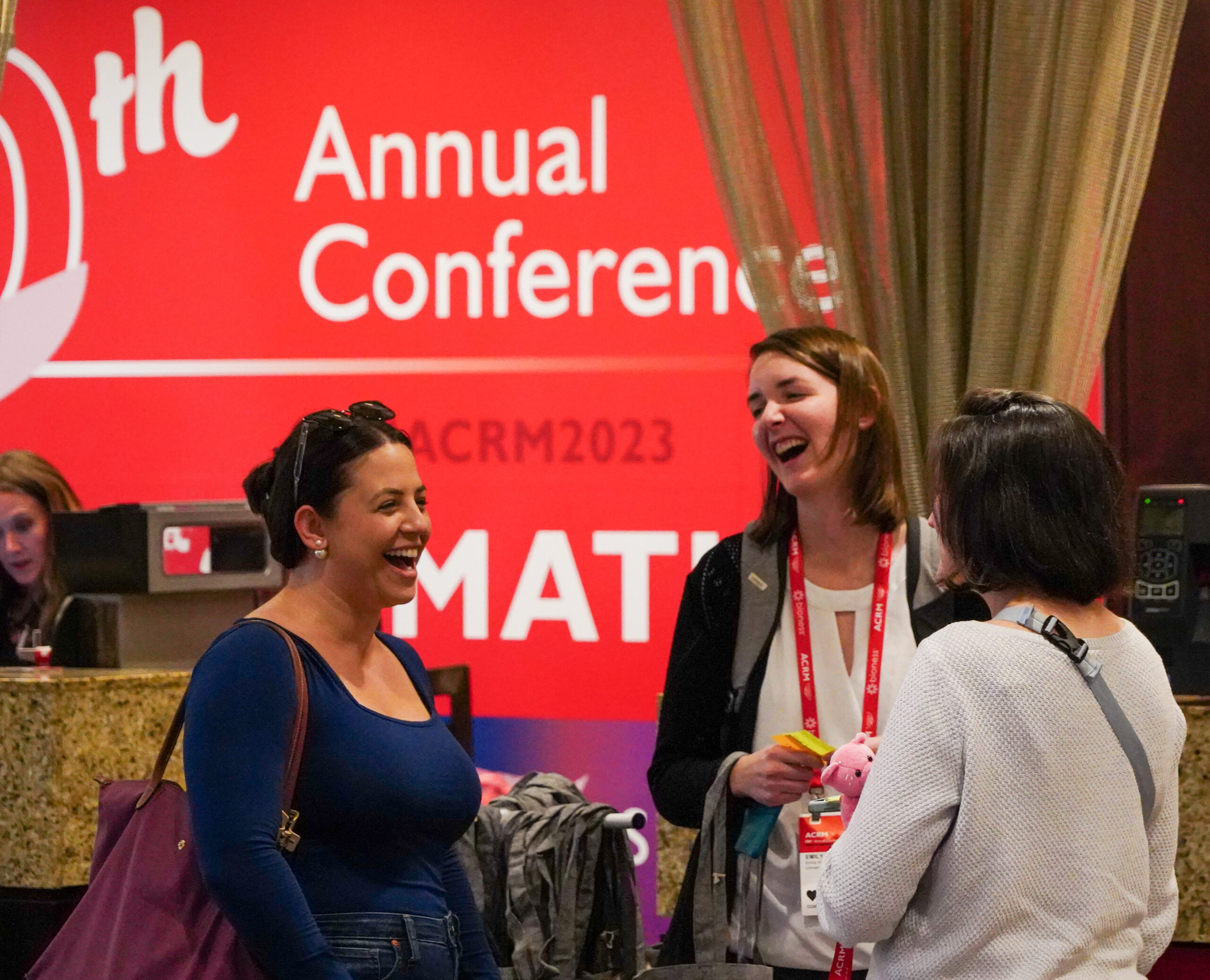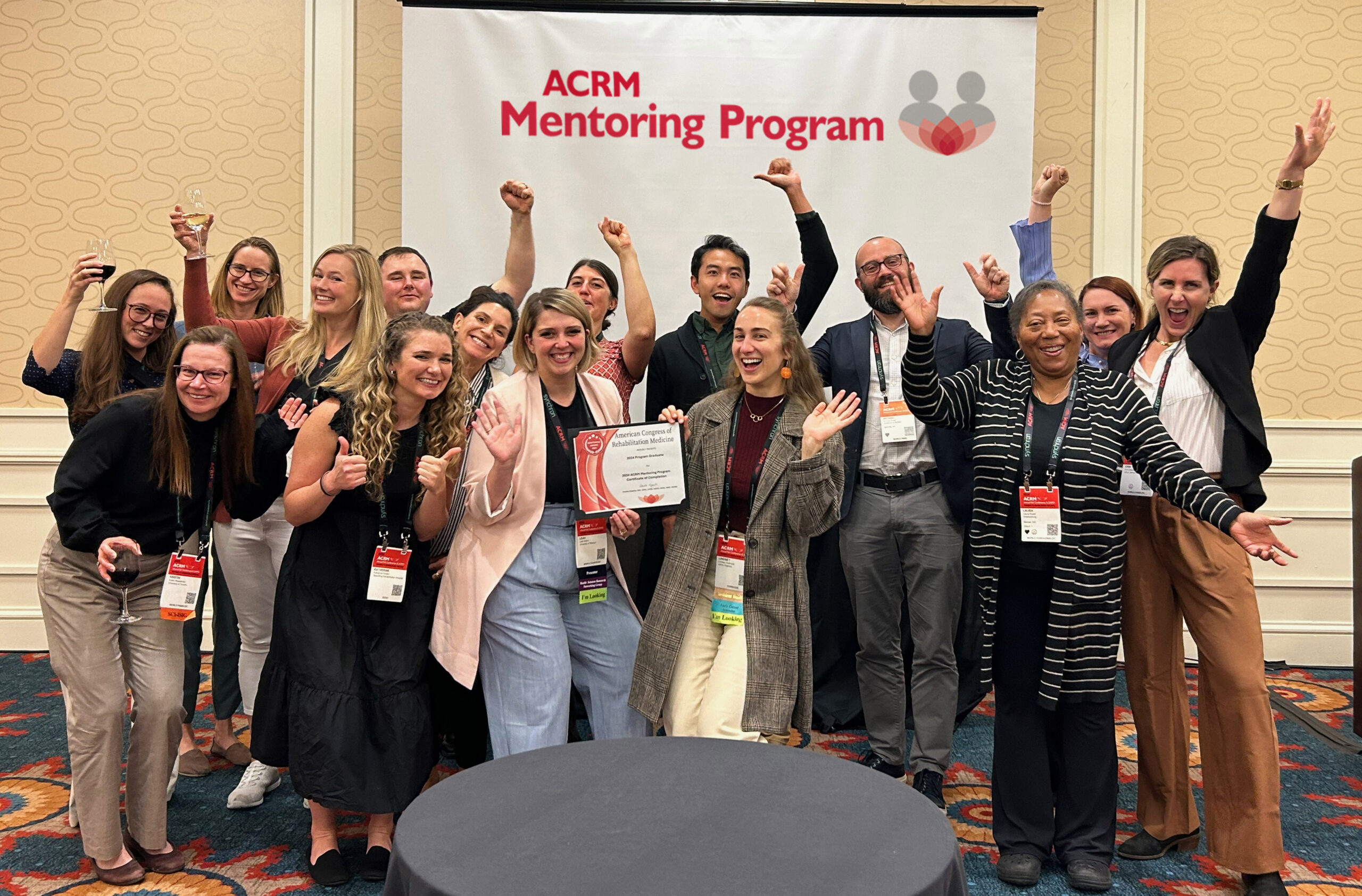Identifying Predatory Journals
QUESTION:
“I receive many emails from editors and editorial offices soliciting me to publish within their journal. Many of these solicitations do not seem legitimate, even though they site my previous articles, and some require that I pay a fee in order to publish. How can I determine what journals are considered as predatory and what journals are not?”
RESPONSE:



From Glenn Collins, Managing Editor and Co-Editors in Chief of the Archives of Physical Medicine & Rehabilitation, Leighton Chan, MD, MPH and Allen Heinemann, PhD, ABPP, FACRM (pictured left to right)
Distinguishing predatory journals from legitimate journals is a challenge facing all researchers today. Jeffrey Beall coined the term “predatory publishing” and kept a list of illegitimate publishers until recently. That list is now maintained by Cabells Scholarly Analytics which charges an access fee. It is estimated that the market for predatory journals may be as high as $74 million (Shen and Bjork 2015). With the massive number of papers put out each year by researchers around the world, even the already large number of legitimate journals cannot meet the need to publish, spawning this profitable, although illegitimate enterprise.
Predatory journals arose in parallel with the Open Access movement. Article Pricing Charges (APCs) are seen by many as too high to fit within their strapped research budgets; predatory journals offer an inexpensive alternative combined with rapid turnaround that often bypasses peer review and online posting. In the “publish or perish” world that appears to value quantity over quality, predatory journals provide a service for authors.
Two researchers who have spent much time and effort examining this problem are Larissa Shamseer and David Moher. Their article, Thirteen Ways to Spot a Predatory Journal (And Why We Shouldn’t Call them That) published in the Times Higher Education in early 2017. They provide a checklist that all researchers should bookmark for quick reference.
Highlights of the list include:
- The website contains spelling and grammatical errors. Invitation emails are often misaddressed and contain errors.
- Manuscripts are solicited via email. Nearly all legitimate journals use an online submission portal.
- Rapid publication is promised. The timing is often too good to be true, peer review in 5 days, posted online in 10 days, etc. Caveat emptor.
- Article Processing Charges are low. Many journals, even online open access journals, charge $1,000 or more per article. If a journal charges $150 without explanation, it is probably illegitimate.
- Copyright True Open Access journals do not retain copyright and make that clear. Traditional journals have authors transfer copyright. Illegitimate journals often do not mention copyright at all.
- The contact emails are non-professional basic Gmail or Yahoo addresses.
These caveats and references can help authors evaluate these invitations and avoid becoming involved with predatory publishers.








